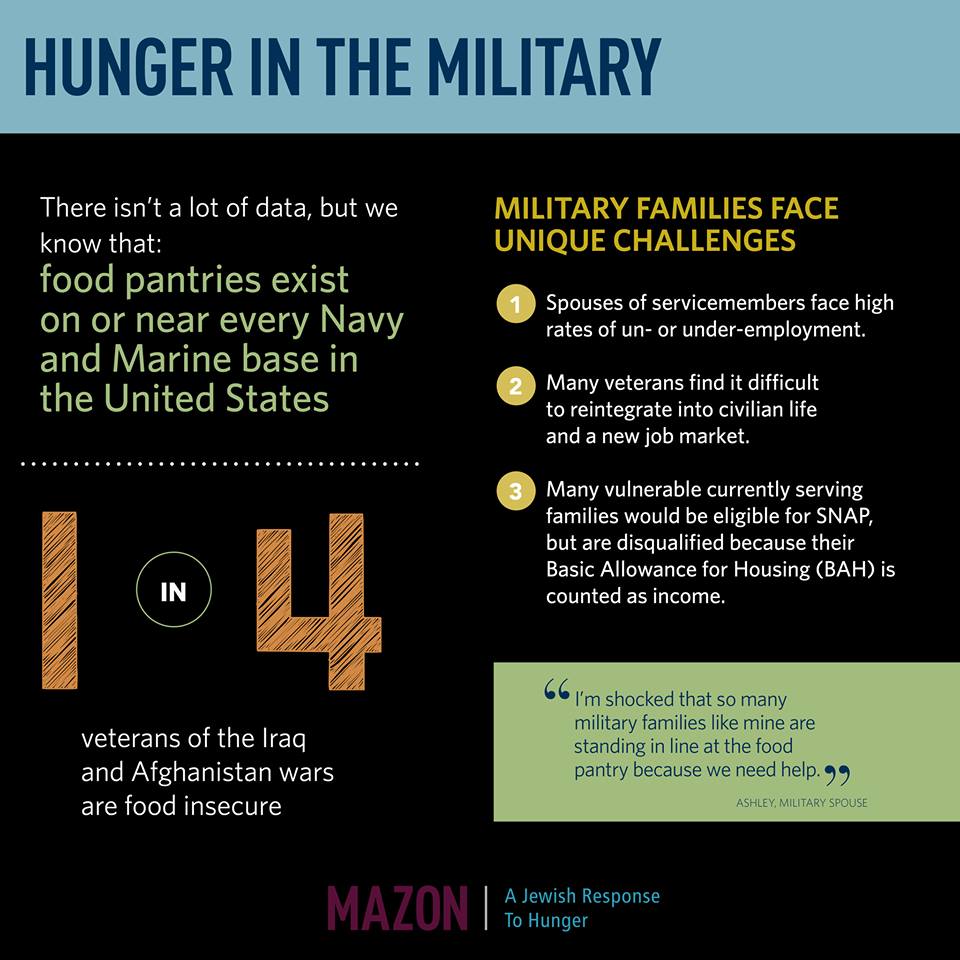Mama’s always kept a neat house. My urge to “pitch it” first and ask questions later comes from her. I speculate, though, that like she and I, lots of neatpins have one messy space where we nod to entropy. For me, my car. For Mama, her pantry. Cans upon cans stack and topple. When she remembers she has her own culinary Room of Requirement, finding anything is a mini-archaeological expedition. The number of websites offering tips for cleaning out one’s pantry suggests she’s not alone.
In the United States food is relatively cheap, and we prefer it pretty, which means we waste A LOT. The Environmental Protection Agency says food ends up in landfills and incinerators more than anything else we throw away--as much as 50% of all produce, according to a 2016 Guardian report. Before doing the research for this post, I hadn’t given much thought to the food waste my own household creates. Now, I can’t stop thinking about that ½ quart of week-ish old strawberries next to a much older quart of heavy whipping cream in our fridge. The *several* boxes of couscous in my own pantry.
It matters we don’t think about it; waste has both personal and global cost. The EPA estimates 20% of total U.S. methane emissions come from landfills, and at least some of what we throw away could help feed a few of the 42 million food insecure American households, households living without the luxury of strawberries.
In The Power of Habit: Why We Do What We Do in Life and Business, Charles Duhigg expands on his finding that every habit consists of a simple, three part, neurological loop: a cue, a routine, a reward. Daylight Savings Time is a cue to change smoke detector batteries. The routine completed, one feels his/her household is safer, validated as a responsible care-giver. I propose we cultivate a new annual habit. Using Thanksgiving preparation as a cue, let’s clean out our pantries. Maybe some of us won’t need to add chicken stock to our holiday shopping lists, saving time and money at the grocery store. More of us will find items we can donate to local food banks/LFPs/Blessing Boxes. Giving these forgotten items will make us happier, and we’ll be keeping them out of the trash, reducing our carbon footprint. I can think of no better way to “Give Thanks” for our abundance.
Please see linked resources for every day ways you can reduce, reuse, and recycle food waste.
For general suggestions: https://www.epa.gov/recycle/reducing-wasted-food-home
To find a food bank near you: http://www.feedingamerica.org/find-your-local-foodbank/
To find a place that will take donations including prepared food: http://sustainableamerica.org/foodrescue/




